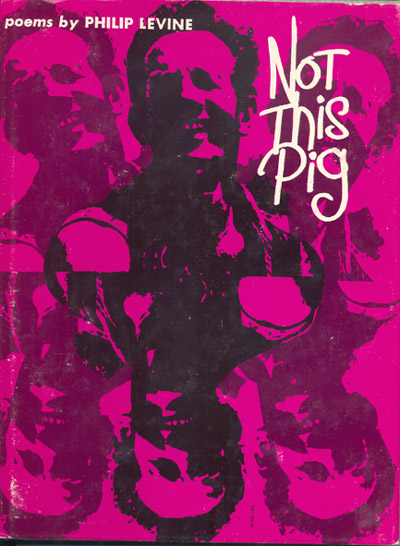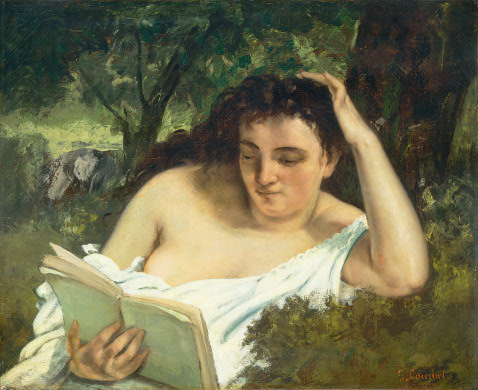Vincent van Gogh. Roses. 1890. National Gallery of Art, Washington, D.C.
Roses was painted shortly before Van Gogh’s release from the asylum at St.-Rémy. He felt he was coming to terms with his illness—and himself. In this healing process, painting was all-important. In those final three weeks, he wrote Theo, he “worked as in a frenzy. Great bunches of flowers, violet irises, big bouquets of roses . . . ”
This is one of two rose paintings Van Gogh made at that time. It is among his largest and most beautiful still lifes, with an exuberant bouquet in the glory of full bloom. Although he sometimes assigned certain meanings to flowers, Van Gogh did not specifically make an association for roses. It is clear, though, that he saw all blossoming plants as celebrations of birth and renewal—as full of life. That sense is underscored here by the fresh green of the background, which has the delicate color of new leaves in spring. The undulating ribbons of paint, applied in diagonal strokes, animate the canvas and play off the furled forms of flowers and leaves. Originally, the roses were pink—the color has faded—and would have created a contrast of complementary colors with the green. Van Gogh was fascinated by such combinations of complements. The paint is very thick—so thick that both rose paintings were left behind when Van Gogh left St.-Rémy on May 16. As he explained to Theo, “These canvases will take a whole month to dry, but the attendant here will undertake to send them off after my departure.” They arrived in Auvers by June 24.
See NGA’s Van Gogh collection.
![gustave_caillebotte_paris_street_rainy_day Gustave Caillebotte. Paris Street, Rainy Day (La Place de l’Europe, temps de pluie). 1877. Oil on canvas. Art Institute of Chicago. [Source: Wikimedia Commons]](../../../../wp-content/uploads/2009/02/gustave_caillebotte_paris_street_rainy_day_1877_wiki.jpg)
![Fog at Isle Royale [Source: wildmengoneborneo.com] Fog at Isle Royale [Source: wildmengoneborneo.com]](../../../../wp-content/uploads/2008/04/isle_royale_fog.jpg)
 If there is an emerging genetic underclass, I could run for class president or class clown. Read more in
If there is an emerging genetic underclass, I could run for class president or class clown. Read more in 
